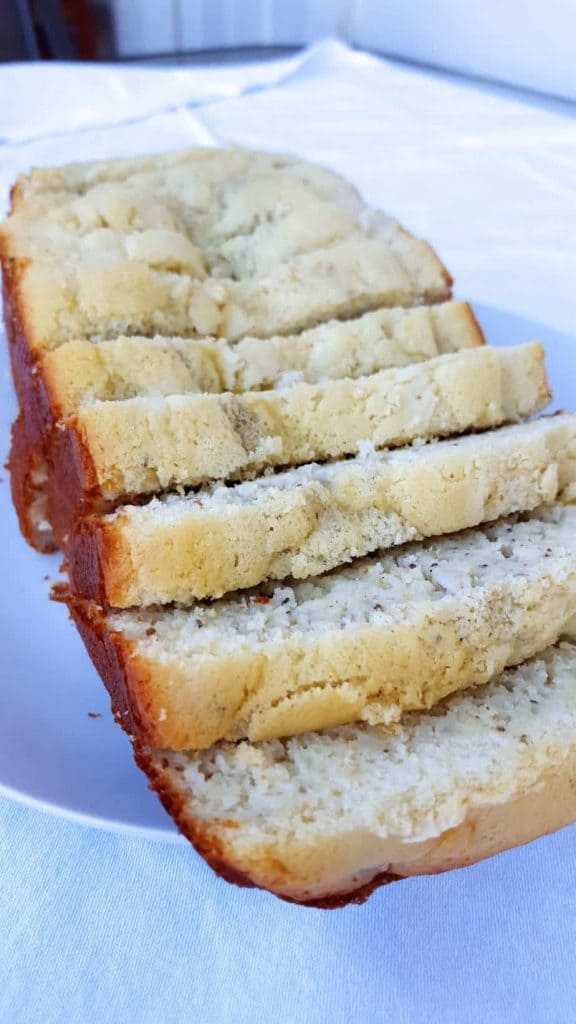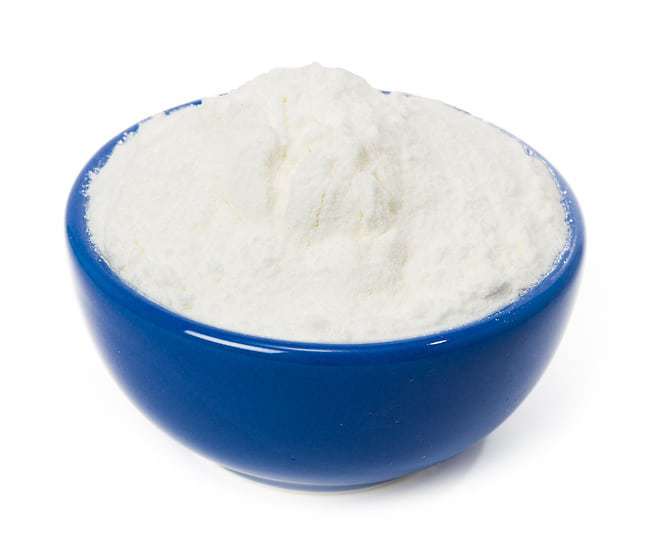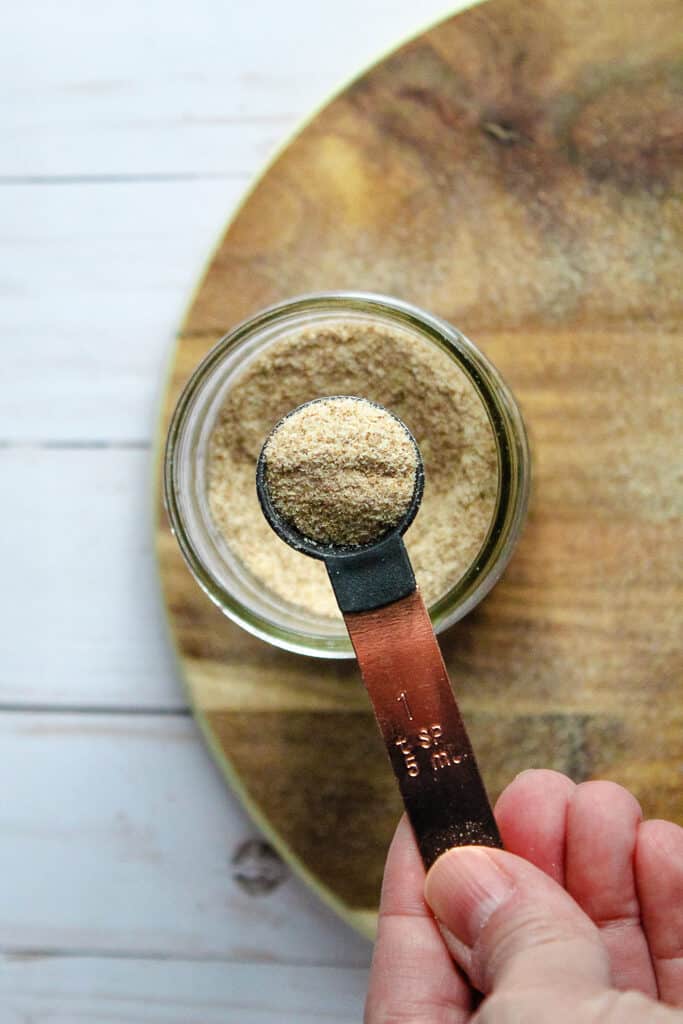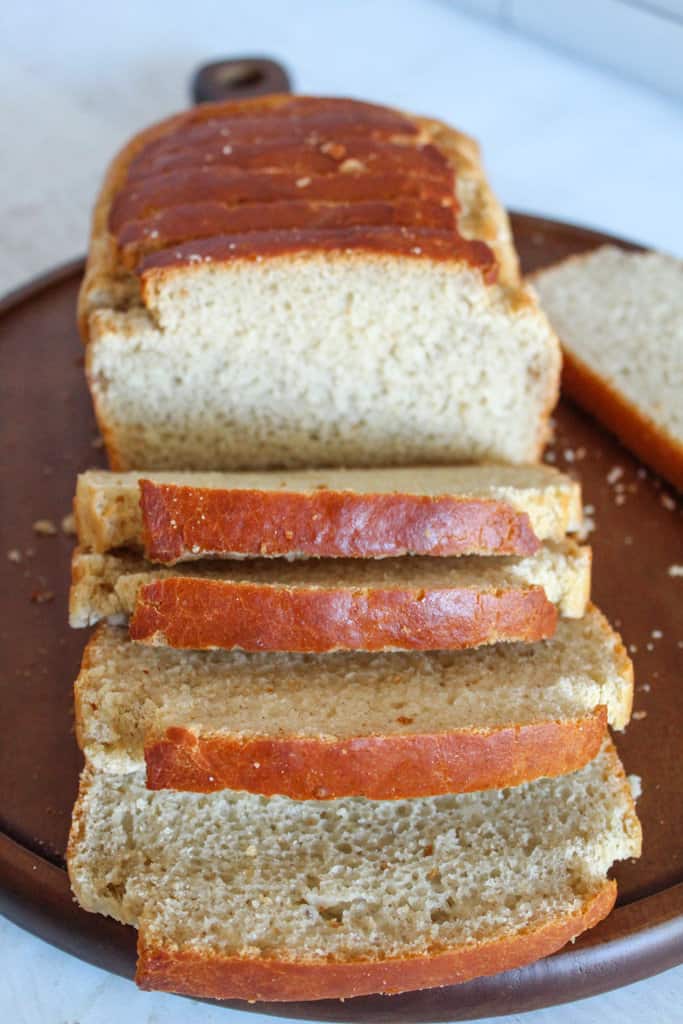Ingredient Spotlight: 17 Tips for Using White Rice Flour
Question for you, what flours are in your pantry right at this very moment? Almond flour? Coconut flour? Hemp flour? (Yes, there really is hemp flour!) What about white rice flour? Also known as the essential gluten free baking flour. The fact that it is so versatile, economical and is one of the easiest flours to find makes it a great flour for your GF baking.
White rice flour is one of the very basic flours of gluten free baking. Getting familiar with it is like taking an intro class to gluten free baking. Once you add this flour to your baking arsenal, it will take you from gummy textured bread to baking specialties like this.
Table of Contents
A Little about White Rice Flour
Rice is one of the top crops in the world. As a staple in Asian food and culture, it has long been thought of to be a healthy addition to a meal. White rice flour is made from the same type of rice you probably have in your pantry. Long grain or medium grain rice is ground to a very fine consistency, resulting in white rice flour.
White rice flour is an interesting balance of calories, protein, fat and carbohydrates. A one cup serving of white rice flour has 578 calories in it, 9.4 g of protein, 2.2 g of fat and 127 g of carbohydrates. It is not considered the healthiest flour as it has one of the highest carb counts of all flours. Only sweet rice flour and potato starch have higher numbers. But despite its carb loaded properties, white rice flour is still a staple for gluten free baking.
Tips for Using White Rice Flour
- White rice flour is virtually tasteless. This makes it a good option when baking cakes, cookies and breads when you want to showcase the flavor of the chocolate and other amazing ingredients, and not the flour.
- It has a good shelf life. When wrapped tightly and stored in the refrigerator or freezer, it lasts a long time.
- White rice flour is light. The end result is not dense and heavy as with brown rice flour or almond flour.
- Low protein levels. Being very starchy, white rice flour has a very low protein level which means it tends to absorb moisture. The way to balance that is with a combination of starches and flours in your baking.
- Grittiness is sometimes a problem. To avoid it, get fine ground white rice flour. And remember to combine flours and starches!
- It’s widely available. White rice flour is ususally one of the staples in the gluten free section of the grocery store (although it may be a small section). And also check out Asian supermarkets.
- Use it for thickening sauces and soups. Much as the same way all purpose flour works, white rice flour can be used to replace it when needed to thicken a sauce.
- Use a combination of flours and starches in baking. It is not very often that you come across a recipe like this one, that uses all rice flour. Most of the time, you use a combination (check out our flour blend).
- White rice flour is on the low end, nutrition-wise. Being so very starchy with very little of anything else of value, it is not like almond flour or coconut flour.
- To make a good white rice flour bread recipe, bring the flours (and the rest of the ingredients) to room temperature.
- Gluten free rolls made with rice flour turn out delicious.
- Spoon and then level. This part is important in measuring gluten free flours. Even the slightest bit more or less can affect the outcome.
- White rice flour is affordable. It’s one of the least expensive gluten free flours.
- Nonfat dry milk powder often accompanies white rice flour. It acts as a buffer and adds some chewiness and protein to recipes.
- The brands of white rice flour vary greatly. It’s surprising that something like flour would be different across brand, but it is. This one has been my go-to brand, it has the perfect texture and seems to perform well in every recipe I’ve used it in.
- If you run out of white rice flour, most of the time, sorghum flour can be used.
- If your gluten free batter looks soupy or thin, resist the urge to add more flour to it. It’s supposed to be thin!

Takeaways
White rice flour plays a very important part in your gluten free baking. It provides a necessary starch in a light and tasteless way. While there are some cautions to be aware of, overall, this is a good flour to have on hand.
Check out Gluten Free Chocolate Donuts with Rich Chocolate Glaze next!




